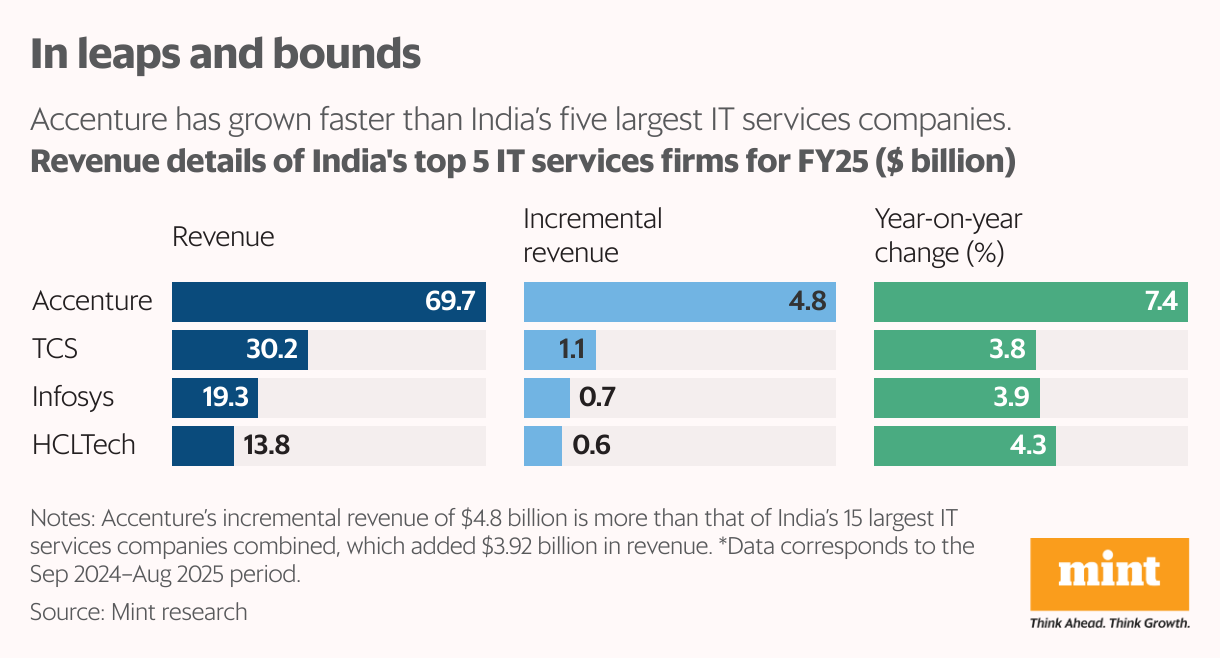India can lead semiconductor race with 2D materials research, says NITI Aayog: What are they? Explained

India’s leading policy think tank, NITI Aayog, asserted that the country has the capability to disrupt the semiconductor race and become a leader in post-silicon technologies by using two-dimensional (2D) materials.
The merging of semiconductor policies with 2D materials research offers a chance for significant technological progress. This integration could enable India to establish itself as a leader in the global semiconductor transition, news agency ANI reported, citing a report by NITI Aayog.
“2D materials research presents an opportunity for comprehensive technological advancement that could provide India an opportunity to disrupt the semiconductor race,” the report was quoted by the news agency.
What are 2D materials?
The report explained 2D materials, describing smartphones that fold like paper yet remain unbreakably resilient, or displays so thin they seem to vanish into the surface.
It further cited an example of a 2D material, ultra-efficient CPUs and GPUs that operate more quickly and stay cooler, significantly reducing energy use and prolonging battery life by several days.
2D materials are crystalline substances characterised by a thickness of just one or a few atomic layers, typically under 1 nanometre. Their atomically thin, two-dimensional structure with minimal third-dimensional thickness gives them distinctive electronic, optical, and mechanical properties that differ from those of conventional 3D materials.
The report emphasised that 2D materials are fundamental to future semiconductors, memory, quantum devices, flexible electronics, and energy systems.
For example, ultra-thin 2D transistors can function at threshold voltages below 0.3V, resulting in 5 to 10 times less power dissipation compared to existing Fin Field-Effect Transistors (FinFETs).
Furthermore, 2D-based synaptic devices used in high-density neuromorphic arrays can reduce the chip area by more than 40%, while maintaining performance.
However, it also warned that India’s progress in developing mono- to few-layer 2D materials-based technology is still at a very early-stage.
Current research mainly concentrates on materials synthesis and fundamental device characterisation, with limited focus on wafer-scale integration, heterostructure engineering, and deployable device prototypes.
According to the report, mono-to-few-layer 2D materials could transform computing and deliver substantial economic benefits by lowering transistor power use, facilitating energy-efficient AI, and enabling new computing form factors.
This advancement is vital for edge-AI, wearable gadgets, and quantum-class processors, where efficiency and size are crucial.




